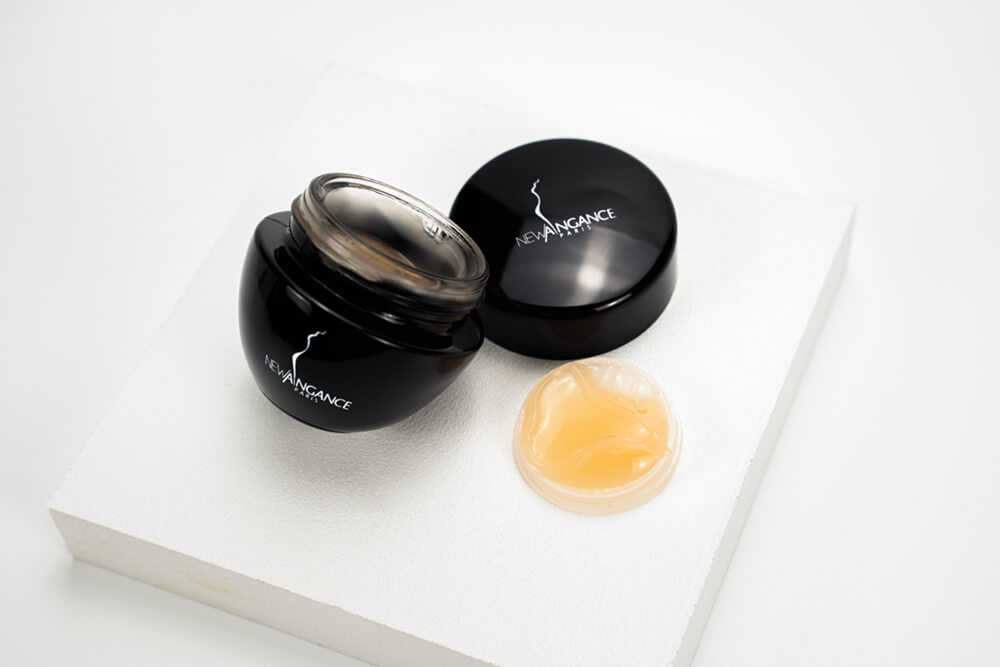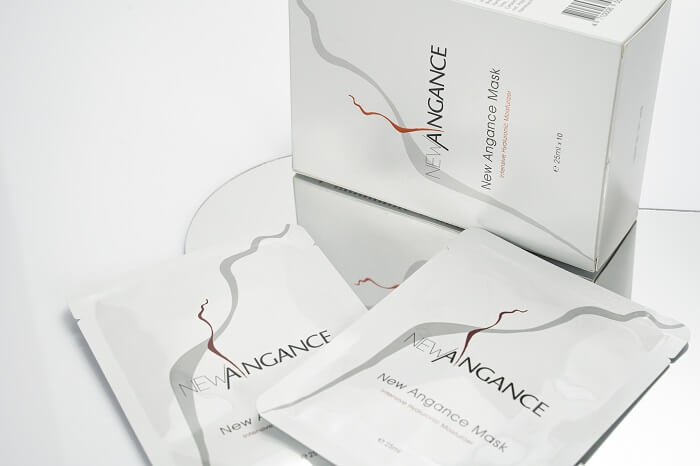How to know the different skin types to take good care of myself?
You've probably tried many skin care products, but haven't found the perfect routine for your skin.
Perhaps you haven't yet managed to correctly identify your skin type.
Knowing your skin type is essential to adapting your skin care routine and taking care of yourself in the best possible way!
In this article, we give you some tips to help you identify the different skin types.
Dry and/or dehydrated skin: the difference
Dehydrated skin
As its name indicates, dehydrated skin is lacking in hydration: therefore water.
How to identify it?
Often, the skin feels rough, fine lines appear when you pinch it between two fingers, and it may feel tight when you get out of the shower or after swimming in summer.
How do you take care of it?
Because of its need for hydration, dehydrated skin needs water.
But water alone is not enough, hyaluronic acid is the best friend of dehydrated skin: it can retain 1000 times its weight in water, it hydrates and plumps up the skin in depth. At New Angance, we combine hyaluronic acid with the active ingredient r-PGA, a molecule derived from ancestral Japanese know-how. To moisturize and plump your skin immediately and for the whole day.
Dry skin
Dry skin also needs hydration, but not only. It also needs fatty matter to prevent water from evaporating from the skin's surface.
How to identify it?
Generally, the skin is quite thin, very reactive and often presents small scales.
On the body, the skin can present cracks, one can speak about "skin of crocodile" and often the desquamation is rather intense in particular due to the friction of clothing.
How to take care of it?
Obviously, hydration is also very important, but dry skin secretes very little sebum. It is necessary to provide fatty matter for this type of skin.
A cream or care product rich in butter or vegetable oils can help your dry skin to regain suppleness and comfort.
What is the difference between oily and combination skin?
Oily skin
Oily skin, unlike dry skin, produces too much sebum.
How to identify it?
First of all, oily skin has a tendency to shine, it can present small
Acne-like imperfections.
These problems are linked to an excess of sebum production in the epidermis.
How to take care of it?
The main mistake is often to want to clean the skin too much, or to use cleansers that are too aggressive.
On the other hand, cleansing is indeed a key step in your skin routine, so it's best to use a gentle, non-aggressive cleanser and follow with a light, moisturizing fluid treatment.
Combination skin
As its name suggests, combination skin has characteristics of various other skin types.
How to identify it?
On the face, the skin tends to be oily on the T-zone, and rather dry on the cheeks.
How can I take care of it?
It is difficult to treat this type of skin, as each area has its own particular needs, and different routines must be combined.
The grail of skin types:
Normal skin
How to identify it?
Normal skin is the perfect skin, neither too dry nor too oily...
How to take care of it
However, it still needs to be cared for to preserve its elasticity and vitality.
A simple but effective routine based on light and natural products will be ideal to preserve the youth and beauty of your skin.
In any case, a good diet, a healthy lifestyle, a mental balance and a good hydration is essential for a healthy body and a healthy skin.
New Angance's moisturizing line meets the needs of most skin types, so we hope this article has helped you see things more clearly.




